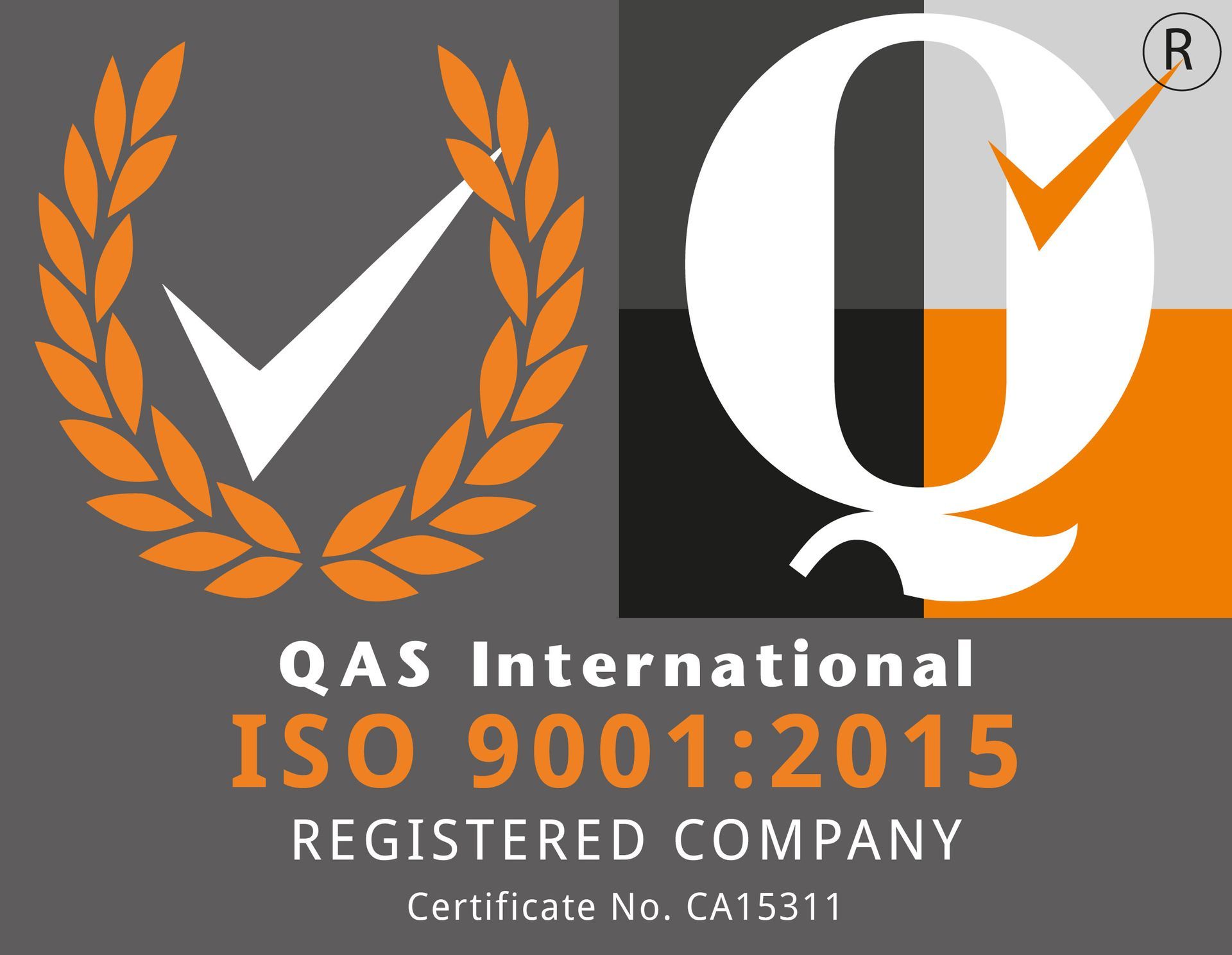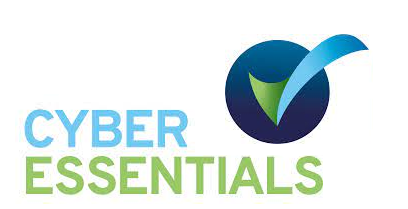Securing Success:
A Practical Cybersecurity Checklist for SMEs
Small and medium-sized enterprises (SMEs) are not immune to the ever-evolving landscape of cyber threats. As digital technologies continue to drive business growth and efficiency, they also expose organizations to potential cyber risks that can have far-reaching consequences. Cyberattacks can disrupt operations, compromise sensitive information, and erode the trust of customers and stakeholders. For SMEs, which often lack the extensive resources of larger corporations, a robust cybersecurity strategy is essential for safeguarding both their operations and their reputation.
This simplified cybersecurity checklist has been designed with SMEs in mind, offering a practical starting point to fortify their digital defences. By adhering to these fundamental cybersecurity practices, SMEs can mitigate risks and establish a strong foundation for protecting their valuable assets from cyber threats.
Here's a simplified cybersecurity checklist tailored for small and medium-sized enterprises (SMEs):
- 1.
Employee Training:
- Provide cybersecurity training to all employees.
- Teach them to recognize phishing emails and social engineering attempts.
- Encourage strong password practices and regular password updates.
- 2.
Endpoint Protection:
- Install reputable antivirus and anti-malware software on all devices.
- Keep all operating systems and software up to date with the latest security patches.
- 3.
Data Backup:
- Regularly back up critical data to an offsite location or cloud storage.
- Test data restoration procedures to ensure backups are functional.
- 4.
Network Security:
- Secure your Wi-Fi network with a strong password.
- Use encryption (WPA3) for Wi-Fi.
- Segment your network to isolate sensitive data from general network traffic.
- 5.
Access Control:
- Implement the principle of least privilege. Give employees only the access they need.
- Enable multi-factor authentication (MFA) wherever possible.
- Regularly review and update user access permissions.
- 6.
Phishing and Social Engineering:
- Educate employees about phishing risks and encourage scepticism.
- Implement email filtering to block malicious emails.
- 7.
Software and Application Security:
- Use only reputable software from trusted sources.
- Regularly update software and applications with security patches.
- 8.
Physical Security:
- Control physical access to servers, network equipment, and sensitive areas.
- Lock up laptops and mobile devices when not in use.
- 9.
Incident Response Plan:
- Develop an incident response plan outlining steps to take in case of a cyber incident.
- Test the plan through tabletop exercises.
- 10.
Vendor Security:
- Assess the cybersecurity practices of third-party vendors before sharing sensitive data.
- Include cybersecurity requirements in vendor contracts.
- 11.
Data Privacy:
- Comply with relevant data protection regulations (e.g., GDPR, CCPA).
- Obtain explicit consent before collecting and using customer data.
- 12.
Regular Audits and Assessments:
- Conduct regular cybersecurity assessments and audits to identify vulnerabilities.
- Use penetration testing to identify weaknesses in your systems.
- 13.
Secure Physical Documents:
- Securely store physical documents containing sensitive information.
- Shred documents that are no longer needed.
- 14.
Secure Disposal:
- Dispose of electronic devices and storage media properly, ensuring data is securely wiped.
In an era where cyber threats are becoming increasingly sophisticated, the importance of cybersecurity for SMEs cannot be overstated. Implementing the measures outlined in this checklist is not only a proactive approach to risk management but also a commitment to maintaining the integrity of operations and the trust of customers, partners, and stakeholders.
By fostering a culture of cybersecurity awareness, regularly updating defences, and staying vigilant against emerging threats, SMEs can position themselves to thrive in the digital landscape. As technology continues to reshape industries, embracing cybersecurity as a core business principle is not only a matter of survival but a means to unlock new opportunities for growth and innovation.
Remember, cybersecurity is an ongoing effort. Regularly review and update your cybersecurity measures to adapt to new threats and technologies. This checklist is a starting point; consider seeking professional cybersecurity guidance based on your specific business needs and industry requirements.






